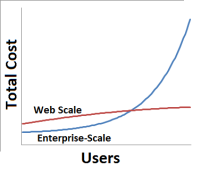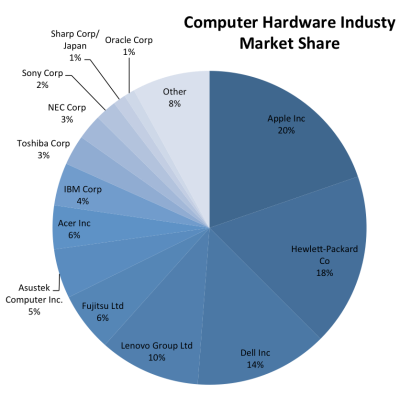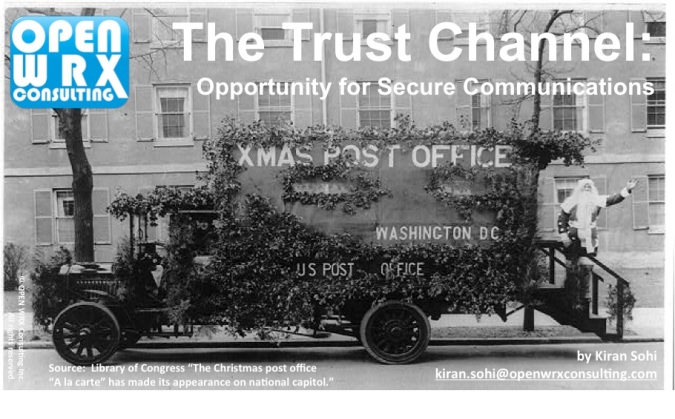
The Postal Service can continue to evolve and operate more like a private-sector business.” ~ Megan J. Brennan, New Postmaster’s Goal: Act Like Private Sector, WSJ.com
Trust – Postal Service’s Greatest Asset
For centuries postal services in every country across the globe have aimed to serve the people by being the trusted guardians of the written word. From innocent sentiments of a child for Santa in North Pole to private, legally binding documents of multi-billion dollar conglomerates, the Postal Service has dutifully transported and delivered messages.
Although times have changed, our need for a trusted channel to communicate has not.
In fact, the need for Trust Channel has only multiplied as new technological methods of communications like Twitter, Gmail, Facebook and even LinkedIn have come into existence. These multi-billion dollar giants of communications are trusted by people from all walks of life, each one attempting to demonstrate their worth, originality, ideas, thoughts and, on occasion, dissatisfaction… all things that make us human.
These channels play on our fundamental need “To Belong” within a virtual world that attempts to expound voices of billions of people. Nothing wrong with this at all except when more than one person speaks at the same time, it becomes extremely noisy in real-time digital communication.
Inter-human communications, as we all know, is far more complex than the latest trending topic on many social media networks.
Now more than ever, there is a fundamental need to be ‘heard’ …not by the mass of invisible crowds but by the few you would like to address, privately without third party monitoring of your communications for monetary gains.
And the only entity that can still fulfill this need for private and trusted communications between people and businesses is the Postal Service.
Conflict – To make Money or Serve the People
Neither the need for a trusted, private communication channel; nor the benefits of advanced technological communications can be fundamentally denied. They are both equally important to modern communications.
Yet these two concepts remain mortal enemies in today’s digital world.
Why?
One problem is ‘Data’. Data, it seems, is the source of golden nuggets that must be mined for intelligence to make money. And, there is nothing wrong with this at all. Twitter, Gmail, Hotmail, Facebook, LinkedIn and many other communication entities attempt to gather data, buy and sell data, mine data, add to data, statistically manipulate data, react to data or otherwise use it to make money. Without data, social media networks would not be worth billions.
So what can reconcile the delicate balance between the need for private, trusted communications between people and the need to use technological communications to make/save money?
Only an entity that does not have a required obligation of pleasing its investors and at the same time serve the fundamental need for private and trusted communications between citizens can fulfill this need.
This balance can only be achieved if an entity is mandated to serve the people first and the market needs second while sustaining the strength of people’s trust.
Can the answer to this paradox still be Postal Services?
Opportunity – Industries that Serve People
Need for private and trusted communications that is not intervened by third party monitoring is paramount in today’s technologically advanced world. Electronic communications is no longer private in any form. The only security measures holding back intervention in individual communications is the sheer volume of data available and, of course, whether the information gleaned from the data is really worth any money. Sometimes the effort is worth it but in most cases finding the golden nugget has been extremely costly.
But this is no guarantee of privacy or trust in electronic communications. It seems to be more luck of the draw than secure, trusted communication channel.
So where in the marketplace is private and trusted channel of communication still required:
Financial Services
Banks and its customers (business and consumers) require a means to communicate highly private and secure information on a daily basis in real-time. From discussion about which account number to use to what amount of money needs to be transacted to which billing account number to debit…are all highly sensitive information that require private, trusted and secure communication channel.
Medical Services
Individual medical records are private and should be private between physician and the patient. Only a secure and private communication channel can ensure that this remain such.
Legal Services
Legal records are also private unless they are legally required to be disclosed. Once again a need for private exchange of information is necessary to ensure that trust is reinforced between the legal system and the people.
Identity Services
The records of your existence are private and trust-bound. These records should remain yours and any communications associated with these records should remain within the control of the holder of identity—you.
For the longest time Postal Services have handled these documents and records within the security of its Trusted Channel. And the practice still continues worldwide.
Evolution – Innovation in Trust
Imagine the Evolution of The Trust Channel.
What if it was no longer necessary to worry about privacy and security when instructing your financial advisor about your decision on financial management through a secure email?
What if you could view your medical records online with absolute knowledge that no one but you and your doctor knows your medical conditions? What if you know which doctor has access to your records and you own the ability to block them if you don’t trust them or their judgment?
What if you and your lawyer can discuss your pending legal matter without worrying about privacy?
What if you and your government have a private and trusted channel to communicate about your passport renewal?
What if….
Fact is that there is absolutely no other entity out there today that can own and manage The Trust Channel other than an evolved Postal Service without compromising itself on the alter of privacy invasion for the purpose of making money. Only a service with a clear mandate to first serve the people and not the money can do this job.
Even if a new innovative, entrepreneurial company builds a super secure and private communications technology to be used for Trust Communications, it will eventually become part of a private enterprise that wants to make money from your private information. Case in point, PasswordBox being acquired by Intel’s Safe Identity Organization. PasswordBox was a great company with approximately 14 million downloads and as Intel evolves the technology to integrate it into its own solutions, it would be interesting to see how data is used.
Actions – Re-Modelling the Business of Postal Services
Postal Services are no strangers to innovation and risk-taking as they have been addressing the issue of shipping and delivery for centuries. Well before Amazon’s drone delivery services, Postal Service was experimenting with human-powered drone services. Here is a picture of Autogyro from 1930s piloted by John Miller demonstrating shuttle mail delivery to Washington D.C.

Source: Library of Congress
Perhaps, it is time to rejuvenate the spirit of innovation once more and re-consider how Postal Service business model should serve the people and businesses. The opportunity does not solely include mail delivery and parcels, it spans into meeting the need for trusted, private and secure communications for foundational businesses and people across the globe.
As USPS has already demonstrated, Postal Services should partner with the private sector, enable new communication technologies, address the problems of modern retailers, and rebuild the foundation of The Trust Channel once again.
Private sector technology and government entities should not be enemies.
We are not enemies, but friends. We must not be enemies. Though passion may have strained, it must not break bonds of affection. The mystic chords of memory will swell when again touched, as surely they will be, by the better angels of our nature.
~ Abraham Lincoln
There is no perfect business model or solution for modernization of Postal Services but it is worth searching for one to keep the trust of the people.
The answer may be found in balancing two extreme principles that at first seem to be mortal enemies in digital world:
making profits vs. serving the people.

_______________________________________
OPEN WRX Consulting Inc. is committed to helping companies improve competitiveness through effective decision making by applying strategy to tech solutions, building plans that create value and sharing knowledge that drives innovation.
openwrxconsulting.com
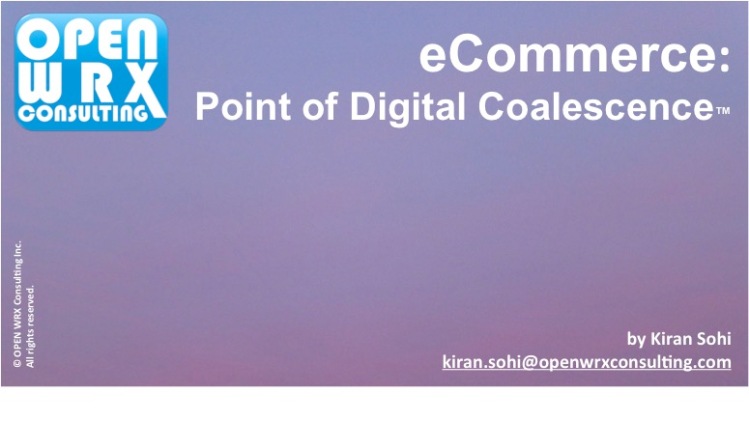


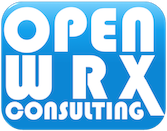





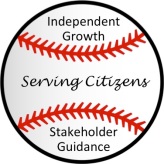
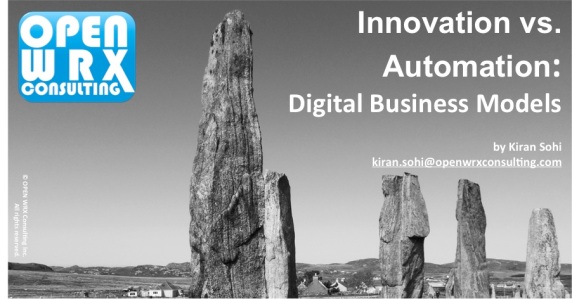




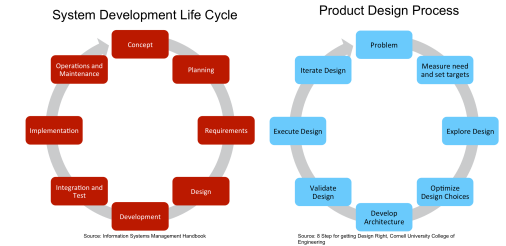




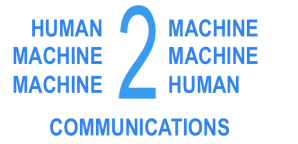

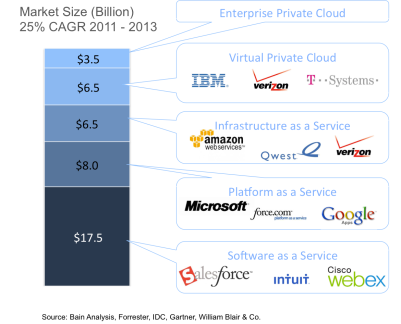
 *The total capitalized IT spending for the fiscal year (i.e., the full value of capitalized assets acquired in the fiscal year). This includes investments in new application development and IT infrastructure.
*The total capitalized IT spending for the fiscal year (i.e., the full value of capitalized assets acquired in the fiscal year). This includes investments in new application development and IT infrastructure.